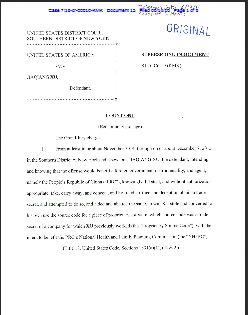The American Forces Press Service reports, in an article dated November 9, 2010 by Ian Graham, that the Air Force is turning to its core capabilities - speed, access and distance – to provide the Department of Defense with "a[n organic] capability . . . so that we could carry out anything our government might ask us to do in the defense of our networks."
According to Maj. Gen. Michael J. Basla, Vice Commander of Air Force Space Command at Peterson AFB, Colo.,
"There's a great threat to American security our there in the cyberspace domain, and it's real, it's significant, it's persistent, and we are under attack every day. The defense of our networks is essential for us to conduct all kinds of day-to-day activities – in the commercial sector, in the public sector, in the military sector."
In order to provide the nation with secure networks, as well as provide whatever response is required in the event of a large-scale attack, the Air Force "is reconciling [those] needs with the requirements of the job." Previously, "100 percent of the service's original cyberspace officers had to have technical degree before being admitted to the cybersecurity program. Now only about 80 percent need them." Additionally, basic training of new airmen, which takes place at Lackland AFB, Tex., now includes two phases "on being a good 'cyber wingman' and taking care of the network." This training evolution has also reached the Air Force Academy, which now offers a cybersecurity major to its cadets.
Speaking of the shift in mindset, Gen. Basla said that where a blinking light used to signify a network interruption and required a "maintainer," now that same blinking light may signify an attack, and requires an "operator" to respond.
According to the General, "'[t]oday, the operator must [ask upon seeing the blinking light] 'Is there some adversary that is getting into my networks that is trying to interrupt my mission assurance capabilities?'"
The full article can be found above, or here.



Leave a Reply